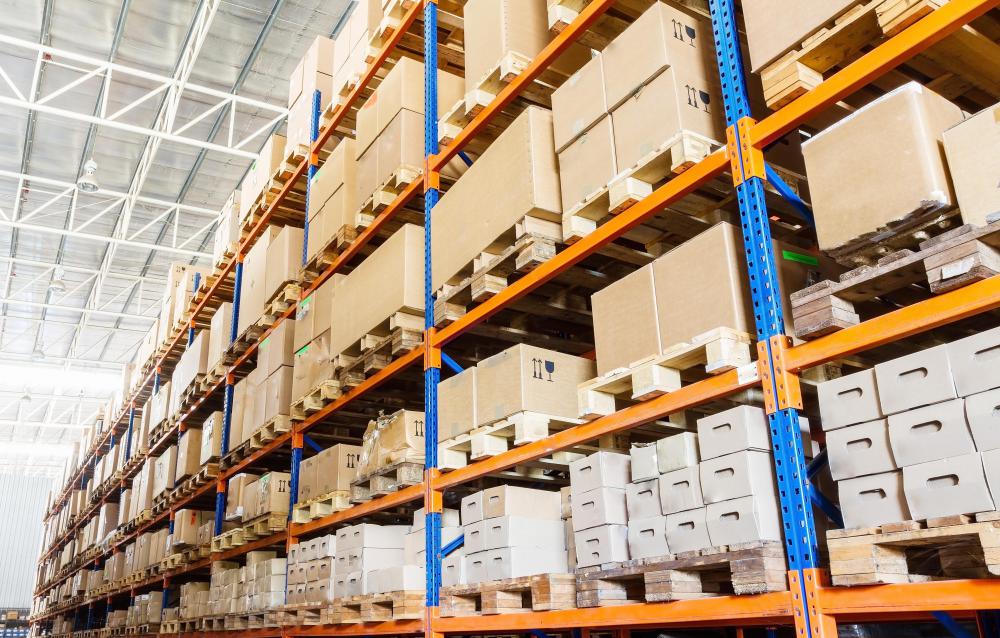At WiseGEEK, we're committed to delivering accurate, trustworthy information. Our expert-authored content is rigorously fact-checked and sourced from credible authorities. Discover how we uphold the highest standards in providing you with reliable knowledge.
What are the Basics of Supply Chain Distribution?
Supply chain distribution is an organizational process companies use to get finished goods into the hands of consumers. Historically, supply chains were primarily found in the manufacturing and production industries. These companies transform raw materials such as timber, minerals, steel, and fabric into valuable goods ready for use by consumers. Manufacturing and production companies may not have resources available for delivering products into retail stores where consumers can safely shop and purchase items, so they rely on supply chain distribution to complete this process.
Companies often develop the best business strategy that maximizes their use of resources and limits waste or unnecessary business costs. Supply chain distribution often introduces middlemen into the economic market. Under free market economic principles, competition is a key cog for driving competition. However, the inability to deliver goods directly to consumers forces companies to find other ways for selling goods in the marketplace. Therefore, manufacturing and production companies will contract with delivery companies, distributors, warehouses, wholesalers, and retailers to complete this function.

Supply chain distribution also occurs at the beginning stages of the manufacturing and production process. These companies must purchase the raw materials they need to produce consumer goods. Rather than sending out employees to gather or create raw materials, these companies will develop a supply chain to produce and ship materials to their production facilities. While supply chain distribution can add additional costs to the manufacturing and production process, they can be considerably less than developing brand new facilities or processes for handling this function internally.

Advancements in business technology have greatly changed the supply chain distribution process. Many companies now use the Internet to transfer information through the supply chain and order goods or services to enhance this business function. The Internet also allows manufacturing and production companies to take orders directly from customers and fulfill the orders through the supply chain. Companies can also use a fulfillment company, which is different than the traditional supply chain distribution.

Internet fulfillment is typically the process of contracting with one company to complete multiple supply chain functions. These companies can keep warehouse inventory, take customer orders, and ship the items to individuals and businesses. These companies may also offer customer service or technical support functions, which alleviates manufacturing and production companies from creating departments for these functions. Fulfillment companies help shorten the supply chain and can reduce business costs since one company is responsible for multiple middleman functions. Manufacturing and production companies can also use business contracts to ensure they receive a specific level of service at fixed rates.
AS FEATURED ON:
AS FEATURED ON:













Discuss this Article
Post your comments